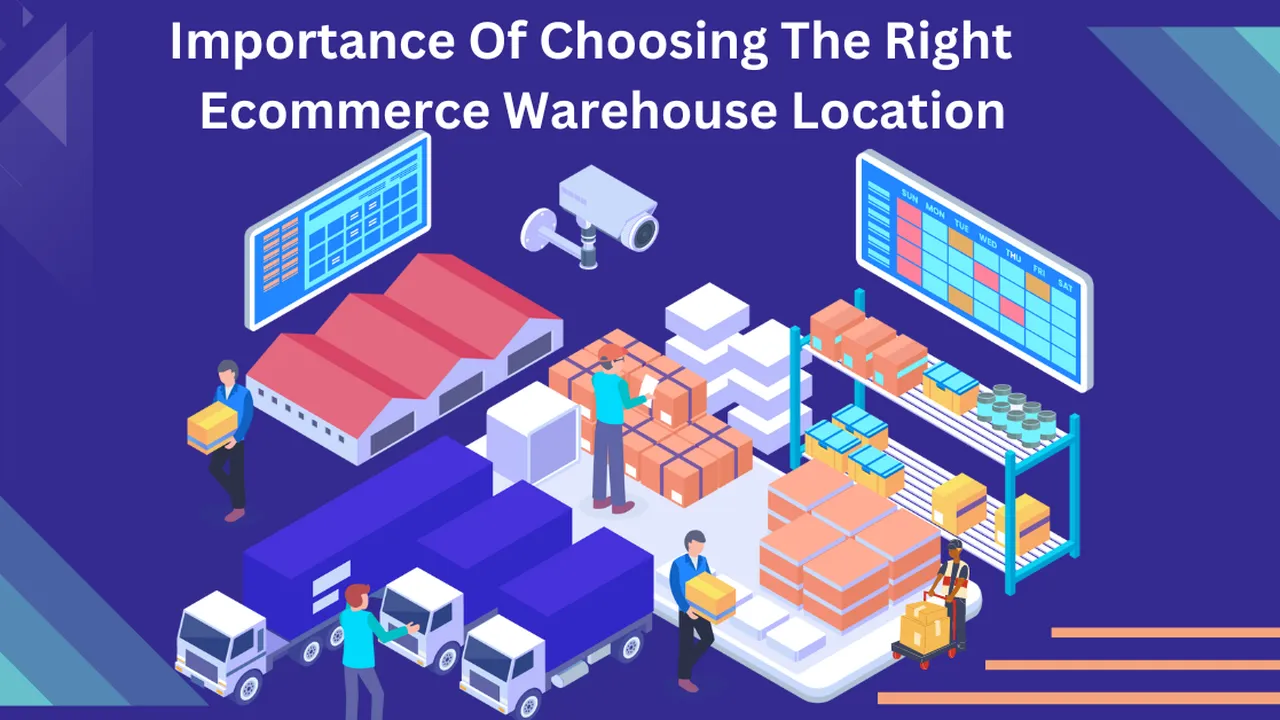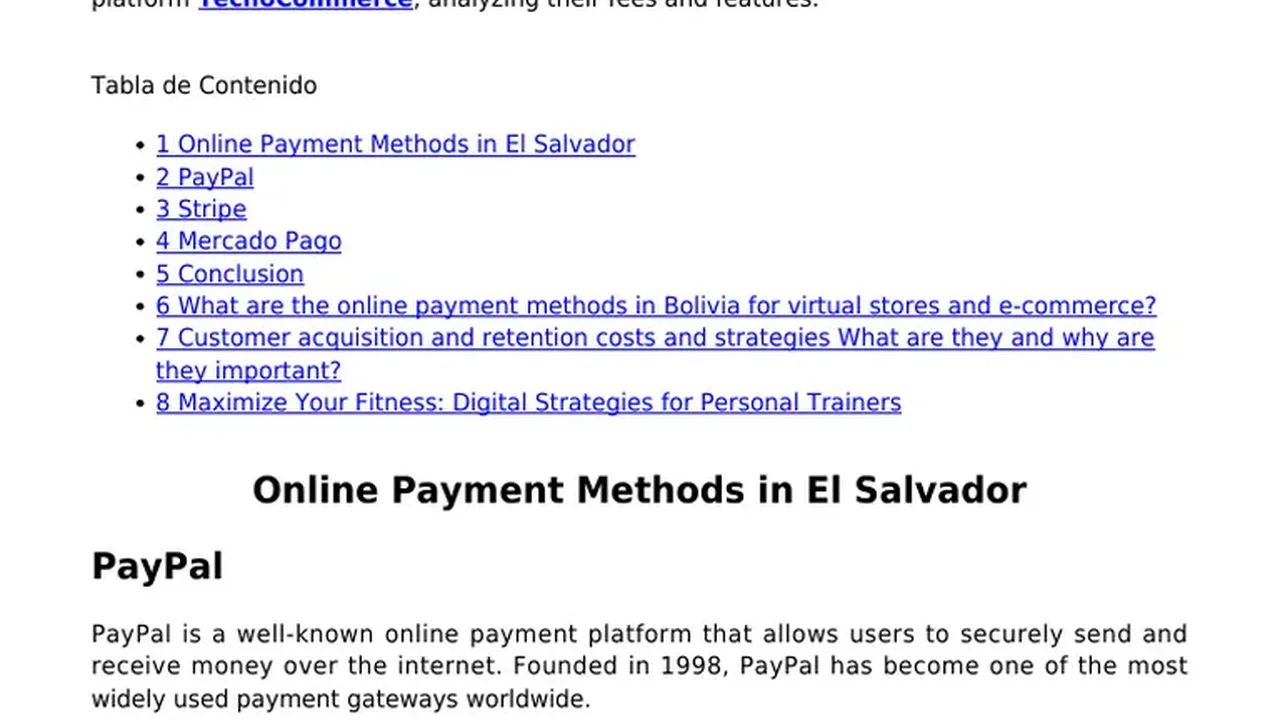Choosing the Right Warehouse Location for Your E-commerce Business in SEA & Mexico
Sample meta description.

Understanding the E-commerce Landscape in Southeast Asia (SEA) & Mexico: Warehouse Location Importance
So, you're diving into the exciting world of e-commerce in Southeast Asia and Mexico? Awesome! But hold on, before you start dreaming of massive sales, let's talk about something super crucial: your warehouse location. Think of it like this: your warehouse is the heart of your operation. The right location can save you money, speed up delivery times, and keep your customers happy. The wrong one? Well, let's just say it can be a logistical nightmare. We're talking about potentially crippling delays, sky-high shipping costs, and frustrated customers leaving bad reviews. That's why choosing the right warehouse location is absolutely paramount for e-commerce success in these regions. We’ll delve into the specifics of Southeast Asia (SEA) and Mexico, highlighting the unique challenges and opportunities each market presents.
Key Factors to Consider When Selecting a Warehouse Location: E-commerce Logistics Optimization
Alright, let's get down to the nitty-gritty. What should you be thinking about when choosing a warehouse location? Here’s a breakdown:
- Proximity to Customers: This is a big one. The closer you are to your customers, the faster and cheaper you can ship their orders. Think about where your target audience lives. Are they concentrated in major cities, or are they spread out across the country?
- Transportation Infrastructure: How easy is it to get goods in and out of the warehouse? Are there good roads, highways, and access to ports or airports? Consider the availability and reliability of different transportation options, like trucks, trains, and air freight.
- Labor Costs and Availability: You'll need people to run your warehouse. What are the labor costs in the area? Is there a skilled workforce available? Consider the availability of warehouse workers, forklift operators, and other logistics personnel.
- Warehouse Costs: Rent, utilities, and other operating expenses can vary significantly from place to place. Get quotes from different warehouses and compare them carefully. Factor in property taxes, insurance, and maintenance costs.
- Government Regulations and Incentives: Some areas offer tax breaks or other incentives to attract businesses. Do your research and see if you can take advantage of any of these programs. Research local regulations regarding warehousing, storage, and distribution.
- Security: Protecting your inventory is crucial. Is the area safe and secure? Does the warehouse have adequate security measures in place? Consider the risk of theft, vandalism, and other security threats.
- Scalability: Can the warehouse accommodate your future growth? Make sure you have enough space to expand as your business grows. Consider the availability of adjacent land or buildings for future expansion.
Southeast Asia (SEA) Warehouse Location Strategies: E-commerce Fulfillment Solutions
SEA is a diverse region with each country offering unique advantages and disadvantages. Here's a quick look at some key considerations for each:
- Singapore: A logistics hub with excellent infrastructure and a skilled workforce. However, it's also one of the most expensive places to do business in SEA. Great for high-value goods and businesses that prioritize speed and reliability.
- Malaysia: A good balance of cost and infrastructure. Located strategically, offering access to other SEA markets. Consider areas like Klang Valley and Johor Bahru.
- Thailand: A large domestic market with a growing e-commerce sector. Bangkok is a major logistics hub. Relatively lower labor costs compared to Singapore and Malaysia.
- Indonesia: The largest economy in SEA with a massive population. However, infrastructure can be a challenge. Focus on major cities like Jakarta and Surabaya.
- Philippines: A rapidly growing e-commerce market with a large, English-speaking population. Manila is the main logistics center.
- Vietnam: A fast-growing economy with a young and tech-savvy population. Ho Chi Minh City and Hanoi are key logistics hubs.
Case Study: Imagine you're selling high-end electronics. Singapore might be a good choice because of its superior infrastructure and security. But if you're selling clothing, Malaysia or Thailand might be more cost-effective.
Mexico Warehouse Location Strategies: E-commerce Fulfillment Solutions
Mexico presents a different set of challenges and opportunities. Here's what to consider:
- Proximity to the US Border: If you're selling to the US market, locating a warehouse near the border can significantly reduce shipping costs and delivery times. Consider cities like Tijuana, Ciudad Juarez, and Reynosa.
- Major Cities: Mexico City, Guadalajara, and Monterrey are major economic centers with large populations. Locating a warehouse in one of these cities can give you access to a large customer base.
- Transportation Infrastructure: Mexico has a well-developed highway system, but rail infrastructure can be less reliable. Consider the availability of trucking services and the proximity to major ports and airports.
- Security: Security can be a concern in some parts of Mexico. Choose a location with a low crime rate and adequate security measures. Consider investing in security cameras, alarms, and security personnel.
Case Study: If you're selling products primarily to the US market, a warehouse in Tijuana could be ideal. But if you're focused on the Mexican market, Mexico City or Guadalajara might be better choices.
Real-World E-commerce Warehouse Location Examples and Scenarios
Let's illustrate with some scenarios:
- Scenario 1: Fashion Apparel Brand Targeting SEA - Consider a regional distribution center in Malaysia (Klang Valley) for cost-effectiveness and access to major SEA markets. Satellite warehouses in key cities like Jakarta and Bangkok could improve delivery times.
- Scenario 2: US-Based Electronics Retailer Expanding into Mexico - A warehouse in Tijuana for quick access to the US market, coupled with a distribution center in Mexico City to serve the Mexican consumer base.
- Scenario 3: Health and Beauty Products Focusing on the Philippines - A warehouse in Manila to leverage the country's logistics infrastructure and cater to the large, concentrated consumer market.
Warehouse Management Systems (WMS) Recommendations: Optimizing E-commerce Logistics
Choosing the right WMS is essential for efficient warehouse operations. Here are a few recommendations, their use cases, comparisons, and pricing:
- ShipBob:
- Use Case: Ideal for small to medium-sized e-commerce businesses looking for a complete fulfillment solution. Offers warehousing, order management, and shipping services.
- Comparison: More expensive than self-managed solutions but offers a fully managed service. Compares favorably to other 3PL providers like Fulfillment by Amazon (FBA) in terms of control and customization.
- Pricing: Varies based on storage space, order volume, and shipping costs. Expect to pay a monthly fee plus per-order charges.
- NetSuite WMS:
- Use Case: Suitable for larger e-commerce businesses that need a comprehensive WMS integrated with their ERP system. Offers advanced features like inventory tracking, order management, and reporting.
- Comparison: More expensive and complex than standalone WMS solutions. Integrates seamlessly with other NetSuite modules, providing a unified view of the business.
- Pricing: Subscription-based, with pricing dependent on the number of users and modules. Expect to pay a significant upfront investment and ongoing maintenance fees.
- Zoho Inventory:
- Use Case: A cost-effective solution for small businesses that need basic inventory management features. Offers features like order tracking, stock management, and reporting.
- Comparison: Less feature-rich than NetSuite WMS but more affordable and easier to use. Integrates with other Zoho apps, providing a comprehensive suite of business tools.
- Pricing: Subscription-based, with different plans based on the number of orders and users. Offers a free plan for very small businesses.
- Fishbowl Inventory:
- Use Case: Good for businesses that manufacture or assemble products. Has strong manufacturing features.
- Comparison: It's a standalone solution and doesn't integrate with other business apps as easily as other options.
- Pricing: One-time purchase fee, rather than a monthly subscription.
Recommended Warehouse Equipment: Optimizing E-commerce Efficiency
Having the right equipment can significantly improve warehouse efficiency. Here are a few recommended products, their use cases, comparisons, and approximate prices:
- Electric Pallet Jack (e.g., Toyota Electric Pallet Jack):
- Use Case: Moving pallets of goods around the warehouse. Significantly faster and less strenuous than manual pallet jacks.
- Comparison: More expensive than manual pallet jacks but saves time and reduces labor costs. Consider battery life and load capacity.
- Price: $3,000 - $6,000
- Barcode Scanner (e.g., Zebra DS2208):
- Use Case: Scanning barcodes for inventory tracking and order fulfillment. Improves accuracy and speed.
- Comparison: Wired vs. wireless options. Wireless offers greater flexibility.
- Price: $100 - $300
- Industrial Shelving (e.g., Lyon Workspace Products):
- Use Case: Storing inventory in an organized and efficient manner.
- Comparison: Different sizes and load capacities. Choose shelving that can accommodate your inventory.
- Price: $50 - $200 per shelf unit
- Packing Tape Dispenser (e.g., 3M H180):
- Use Case: Sealing boxes for shipping.
- Comparison: Manual vs. automatic dispensers. Automatic dispensers are faster but more expensive.
- Price: $20 - $100
- Conveyor System (e.g., Hytrol Conveyor):
- Use Case: Moving products quickly across the warehouse, reducing manual handling and improving throughput.
- Comparison: Gravity vs. powered conveyors. Powered conveyors offer more control and are suitable for heavier items.
- Price: $5,000 - $50,000+ (depending on complexity)
Shipping Software Recommendations: Streamlining E-commerce Delivery
Efficient shipping software is key to managing your e-commerce deliveries effectively. Here are some recommendations:
- ShipStation:
- Use Case: Automating shipping tasks, printing labels, tracking shipments, and managing returns. Integrates with various e-commerce platforms and carriers.
- Comparison: Offers a wide range of features and integrations. A good choice for businesses that ship a high volume of orders.
- Pricing: Subscription-based, with different plans based on the number of shipments.
- EasyPost:
- Use Case: Similar to ShipStation, offering shipping automation and integration with multiple carriers. Known for its developer-friendly API.
- Comparison: More focused on developers and businesses that need a customizable shipping solution.
- Pricing: Pay-as-you-go pricing, making it a good option for businesses with variable shipping volumes.
- Shippo:
- Use Case: Simplifying shipping for small businesses. Offers discounted rates and easy-to-use interface.
- Comparison: A good choice for businesses that are just starting out or have limited shipping needs.
- Pricing: Free plan available for small businesses. Paid plans offer more features and discounted rates.
Final Thoughts
Choosing the right warehouse location for your e-commerce business in Southeast Asia and Mexico is a critical decision that can significantly impact your success. By carefully considering the factors outlined above, you can make an informed decision that will help you optimize your logistics, reduce costs, and improve customer satisfaction. Remember to continuously evaluate your warehouse strategy as your business grows and evolves.
:max_bytes(150000):strip_icc()/277019-baked-pork-chops-with-cream-of-mushroom-soup-DDMFS-beauty-4x3-BG-7505-5762b731cf30447d9cbbbbbf387beafa.jpg)






